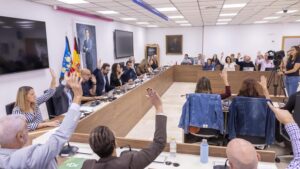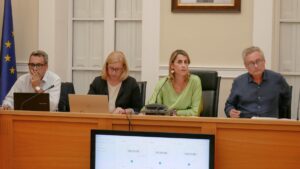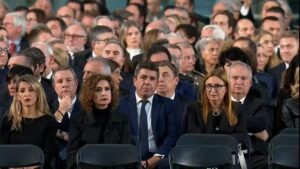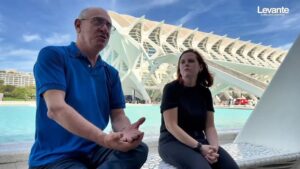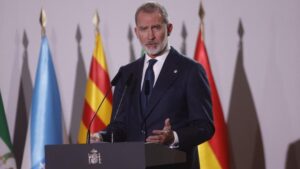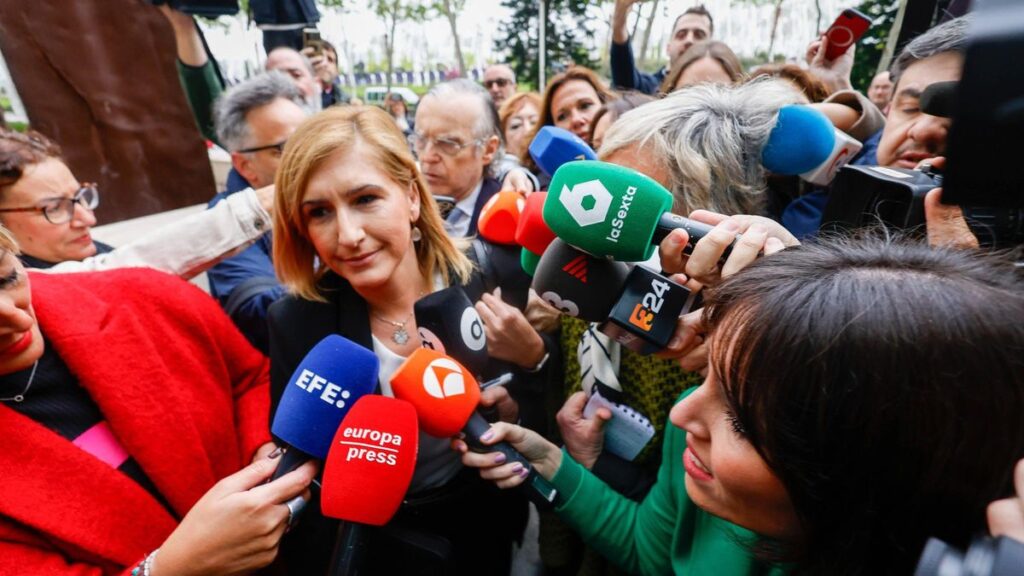
Let “the whole truth” be known. It is one of the requests conveyed by sources close to the former Minister of Justice, Salome Pradaswho on October 29, 2024, just one year ago, was at the head of the Cecopi to coordinate the response to some rains which ended up causing a ravine with 229 deaths. In his claim, collected in a conversation in the digital medium Article 14includes knowing “where Mazón was in the most critical hours”, with whom he spoke up to seven times in different calls for a total of 12 minutes and 42 seconds.
Pradas, together with the then Minister of Tourism, Nuria Montes, They were the only two departures from the plenary session of the Consell after the catastrophe of 29-O. She is also one of the only two defendants in the court case along with her former number 2, Emilio Argüeso.
A year later, sources close to the former councilor convey to Article 14a state-owned digital media, which after a few difficult months with its departure from the regional Executive has returned to work, practicing law and recovering teaching at the university in Castellón, which is not considered a “victim” and that its objective is for “the whole truth” to be known.
“The victims deserve the whole truth to be known,” they say about a day in which there are still many unknowns. Among them, everything related to the performance of the president Carlos Mazón. “Where were you during the most critical hours of the emergency?” is a question that raises Article 14 that were carried out on Pradas (and its surroundings) a year later and that they point out that she is unaware of, although she insists that the former councilor was “at the foot of the canyon” exercising her powers “from minute one” and also “after the dana.”
What is known, from the call log presented by the former counselor before a notary, is that they spoke up to seven times with a total duration of 12 minutes and 42 seconds. In one of these, sources close to Pradas indicate, he told him that the situation “was very ugly.” According to the digital media, this was “from seven in the afternoon” and that was then when the president “he reacted”, arriving at Cecopi at 8:28 p.m.
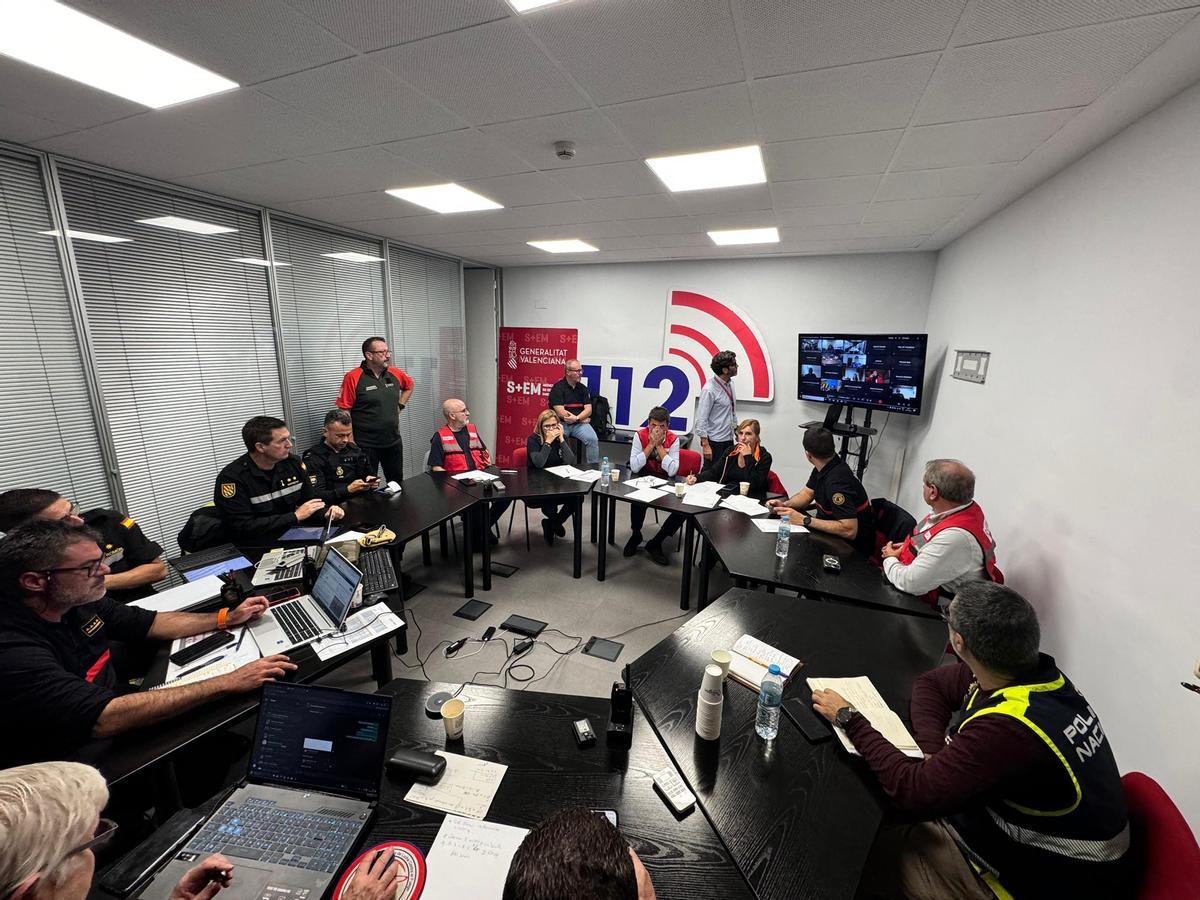
Cecopi meeting, in the early morning of October 30. / Levante-EMV
The first conversation that Mazón and Pradas have “starting at seven in the afternoon” according to the call list provided is at 7:43 p.m. They had not spoken since 6:30 p.m., almost an hour ago. In between, the former councilor tried to contact her then boss on two occasions, two calls at 7:10 p.m. and 7:36 p.m. that received no response from the president. One of them, sources close to the former councilor indicate, was to inform her of the decision to send the Es-Alert, highlighting that, despite this, “no one was waited to make the decision.”
“At the foot of the canyon”
Sources around her claim that Pradas was “where she had to be” at that moment and “at the foot of the canyon”, and even the days after, when she visited some of the municipalities affected by the dana such as Benetússer, Carlet, Utiel or Chiva and they convey some of the complaints that the former councilor already indicated, pointing to the lack of notices from the Júcar Hydrographic Confederation: “Why didn't you inform Cecopi about the overflow of the flow and the danger of the Poyo ravine?”
This lack of information from state agencies is one of the lines on which Pradas' defense is based (the other is to point out the technicians) despite the fact that the Emergency Plan indicates that the responsibility of monitoring the ravines when the Flood Plan is activated was the Generalitat's and that the videos recorded by Emergencies that day show that in the morning the former councilor already had her eyes on the boulevard that ultimately ended up causing the greatest fatal damage.
Subscribe to continue reading
